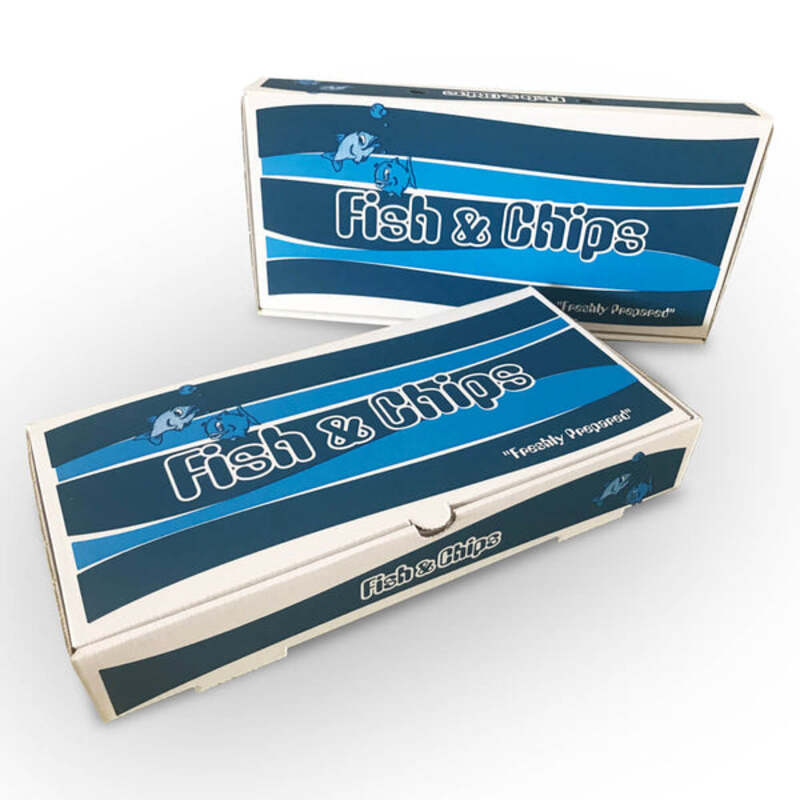The Impact of Plastic Food Packaging on Our Environment
In contemporary society, food packaging plays an essential role in ensuring food safety and extending shelf life. Among various types of packaging materials, plastic has become the predominant choice due to its lightweight, durability, and versatility. However, as the reliance on plastic food packaging increases, so do the environmental concerns associated with its production, usage, and disposal. This article delves into the implications of plastic food packaging and suggests sustainable alternatives.
The Ubiquity of Plastic in Food Packaging
Plastic packaging is ubiquitous in our daily lives. From takeout containers and water bottles to shrink wraps and vacuum-sealed bags, plastic forms an integral part of the global food supply chain. Its popularity stems from its cost-effectiveness and ability to protect food from contamination and spoilage. Furthermore, plastic can be molded into various forms, making it suitable for a wide range of food products, from fresh produce to processed snacks.
However, the sheer volume of plastic produced and consumed is staggering. According to the World Economic Forum, nearly 300 million tons of plastic are produced each year, with a significant portion attributed to packaging. The convenience of plastic often overshadows its long-term consequences, leading to a culture of disposability that is detrimental to our planet.
Environmental Concerns
One of the most pressing issues related to plastic food packaging is its impact on the environment. Traditional plastics are made from petroleum-based materials, which not only deplete natural resources but also release harmful emissions during production. Once discarded, plastic takes hundreds of years to decompose, leading to an accumulation of waste in landfills and oceans.
Currently, it is estimated that about 8 million tons of plastic enter the oceans each year, causing detrimental effects on marine life. Birds, fish, and other marine organisms often ingest plastic debris, which can lead to injury, starvation, or death. Furthermore, microplastics—tiny particles resulting from the breakdown of larger plastic items—can infiltrate our food chain, posing potential health risks to humans and wildlife alike.
plastic food packaging

Human Health Concerns
The implications of plastic food packaging extend beyond environmental degradation; concerns have also been raised regarding human health. Many plastics contain additives or chemicals, such as bisphenol A (BPA) and phthalates, which have been linked to various health issues, including hormonal disruptions and increased cancer risk. When food is packaged in plastic, some of these harmful chemicals can leach into the food itself, especially when exposed to heat or acidic conditions.
As consumers become more aware of these risks, there is a growing demand for transparency in food packaging. People are increasingly seeking out products that are labeled as chemical-free or made from safer materials, signaling a shift in consumer behavior towards more sustainable options.
Seeking Sustainable Alternatives
In light of the environmental and health concerns associated with plastic food packaging, many businesses and organizations are exploring sustainable alternatives. Biodegradable materials, such as plant-based plastics or compostable packaging, are gaining traction as viable replacements. These materials can decompose more quickly than traditional plastics, reducing the burden on landfills and the environment.
Additionally, reusable packaging solutions are becoming more popular. Many companies are now offering refillable containers and bulk purchasing options, enabling consumers to reduce their reliance on single-use plastics. Innovations such as edible packaging are also emerging, providing exciting possibilities for the future of food packaging.
Conclusion
While plastic food packaging has revolutionized the way we store and transport food, its environmental and health implications cannot be overlooked. As we navigate the complexities of modern life, it is crucial to seek sustainable alternatives that not only protect our food but also our planet. By raising awareness and making informed choices, consumers can contribute to a more sustainable future, where food packaging poses minimal risk to both human health and the environment. The shift may be challenging, but it is necessary for the well-being of our planet and future generations.



